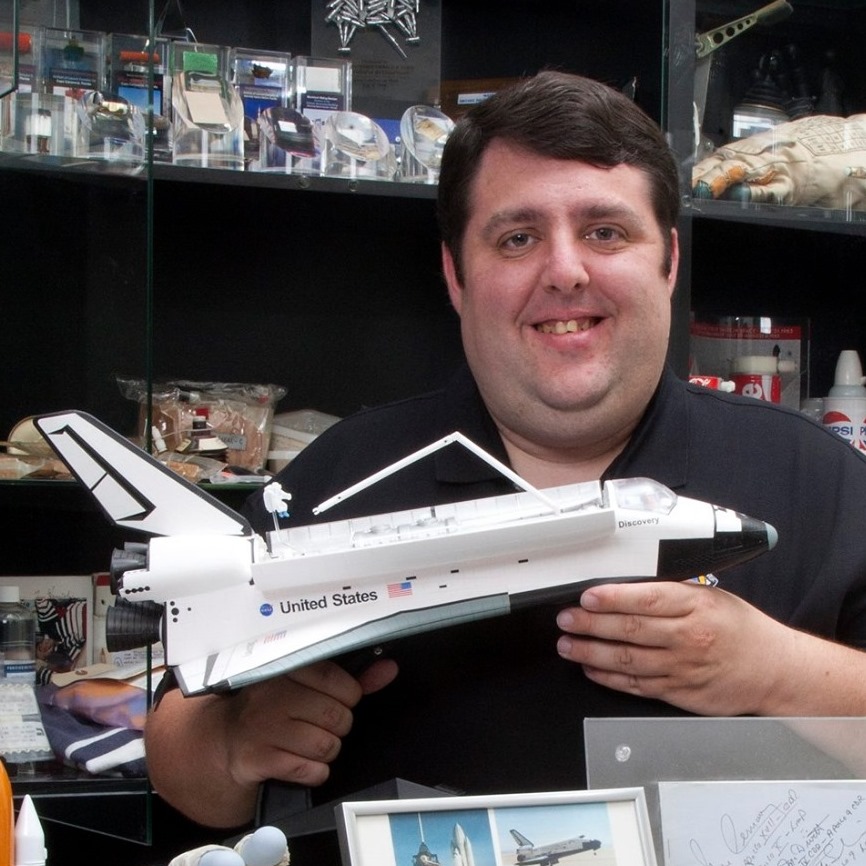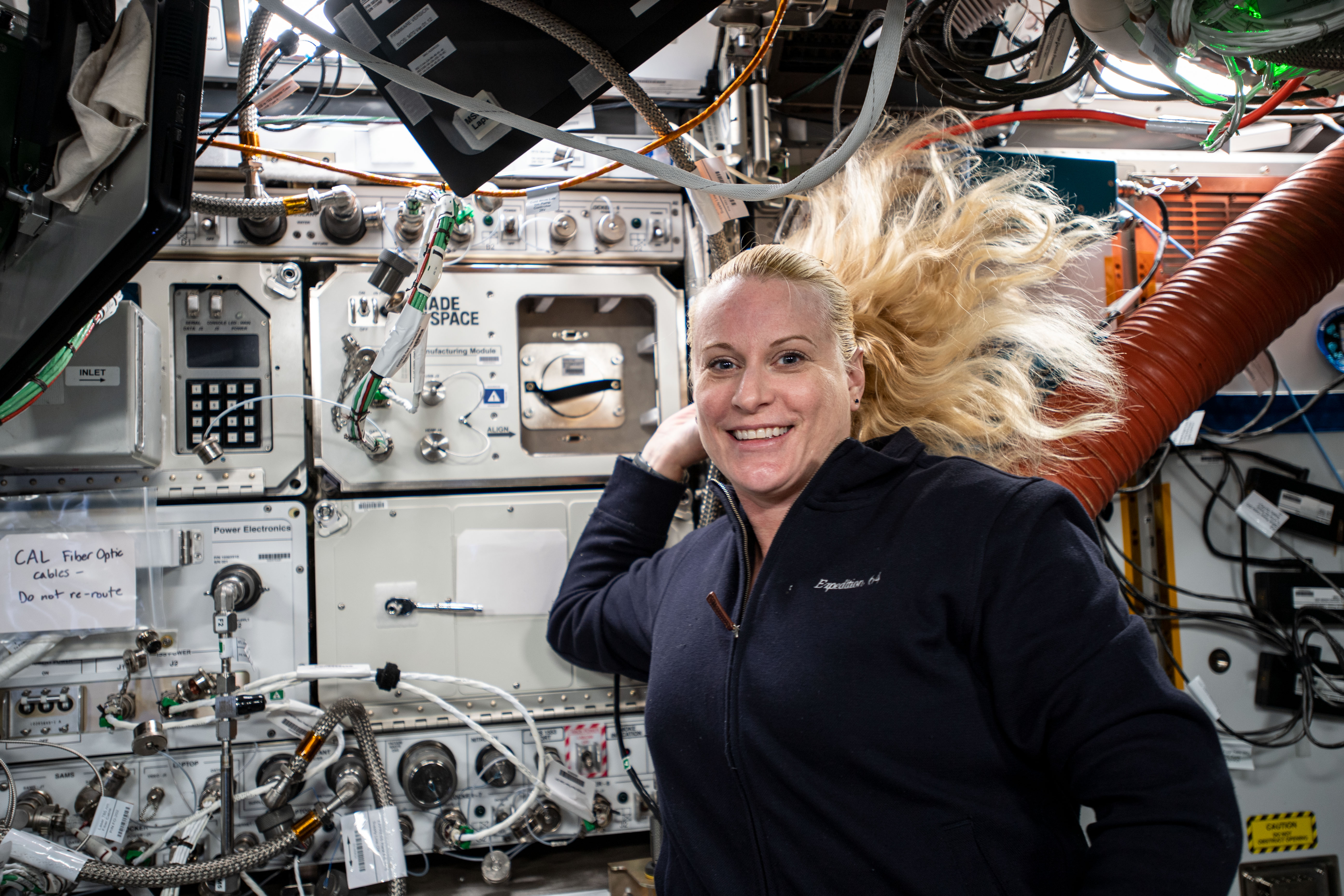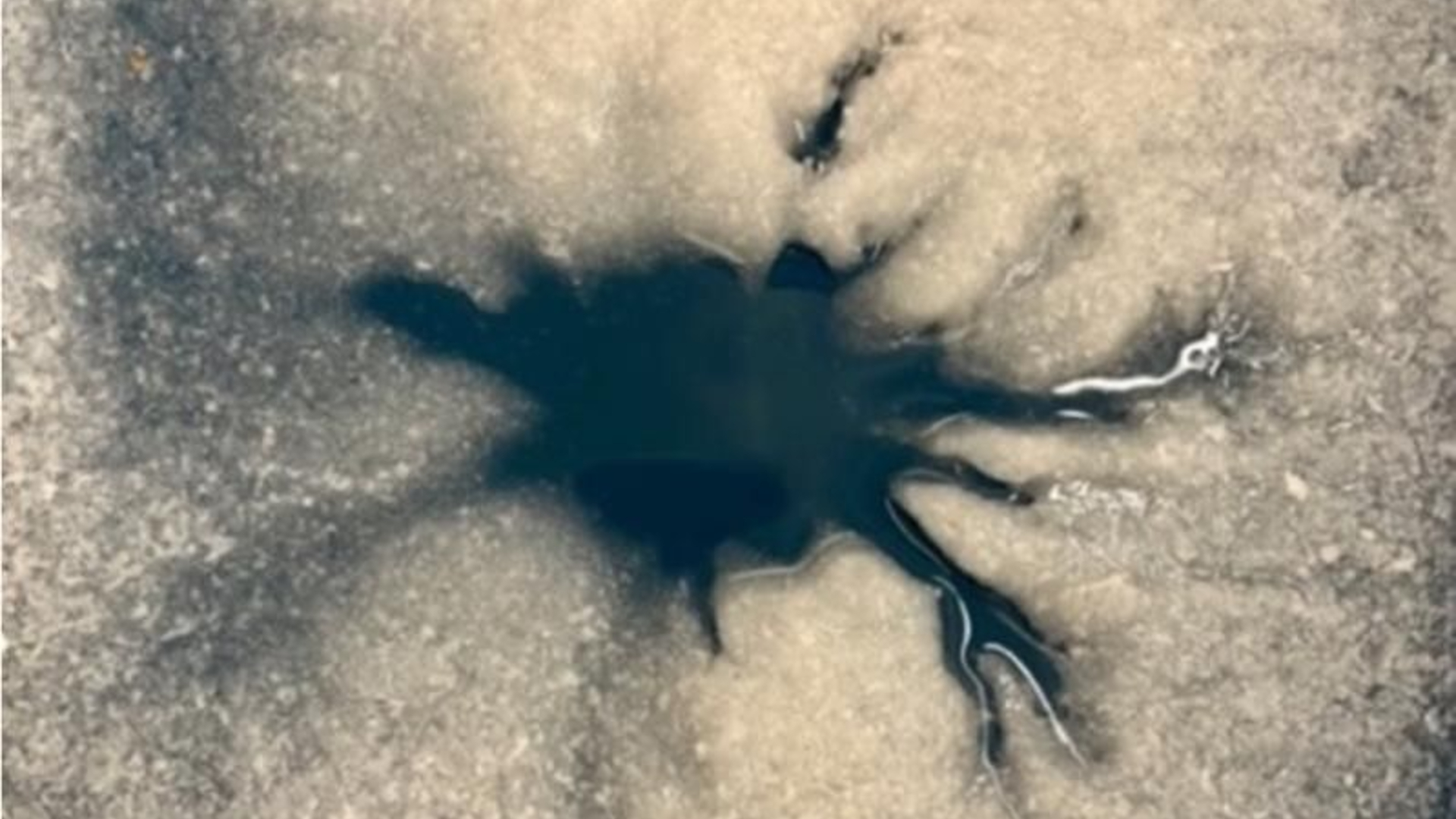Kate Rubins, 1st astronaut to sequence DNA in space, leaves NASA

NASA astronaut Kathleen "Kate" Rubins has retired from the space agency after 16 years, two missions on the International Space Station, four spacewalks and 300 days in space. Her last day at Johnson Space Center (JSC) in Houston was Monday (July 28).
In August 2016, while serving as a flight engineer on the space station's 48th expedition crew, Rubins made history by using a USB-powered portable device called MinION to sequence the DNA from a mouse, bacteria and a virus. It was the first time that DNA sequencing had been conducted in the microgravity environment of space.
"From her groundbreaking work in space to her leadership on the ground, Kate has brought passion and excellence to everything she's done," said Joe Acaba, chief of the Astronaut Office at JSC, in a statement. "She's been an incredible teammate and role model. We will miss her deeply, but her impact will continue to inspire."
In addition to her DNA work, Rubins' first spaceflight also included the test of an upgraded Russian Soyuz spacecraft (Soyuz MS-01), as well as 275 other science investigations ranging from cell cultures to fluid dynamics. She also conducted her first two spacewalks; together with fellow NASA astronaut Jeff Williams, Rubins helped install the first of two international docking adapters (IDAs) and retracted a thermal radiator.
Rubins' second stay on the space station (Expedition 63/64) began with another Soyuz launch (Soyuz MS-17). She revisited and furthered her work on DNA sequencing, advancing the day when astronauts might be able to diagnose illnesses or categorize microbes while living on the orbiting laboratory. She performed two more spacewalks, this time with Victor Glover of NASA and Soichi Noguchi with JAXA (Japan Aerospace Exploration Agency) to prepare the station for new solar arrays.
In total, Rubins logged 26 hours and 46 minutes on her four extravehicular activities (EVAs).
On the ground, Rubins was appointed the acting deputy director of NASA's Human Health and Performance Directorate and was the Astronaut Office's lead for the development of the spacesuits that Artemis crew members will wear while exploring the south pole of the moon.
Breaking space news, the latest updates on rocket launches, skywatching events and more!
Rubins holds a doctorate in cancer biology and works as a microbiologist as a major in the U.S. Army Reserve. She is presently assigned as an innovation officer to the 75th U.S. Army Reserve Innovation Command's MedBio Detachment out of Boston.
"It has been the honor of a lifetime to live and work in space," said Rubins. "I am grateful for the extraordinary advances at NASA, and it was a privilege to serve and contribute to something so meaningful. The mission of exploration continues, and I can't wait to watch this nation do what once seemed impossible."

Robert Pearlman is a space historian, journalist and the founder and editor of collectSPACE.com, a daily news publication and community devoted to space history with a particular focus on how and where space exploration intersects with pop culture. Pearlman is also a contributing writer for Space.com and co-author of "Space Stations: The Art, Science, and Reality of Working in Space” published by Smithsonian Books in 2018.
In 2009, he was inducted into the U.S. Space Camp Hall of Fame in Huntsville, Alabama. In 2021, he was honored by the American Astronautical Society with the Ordway Award for Sustained Excellence in Spaceflight History. In 2023, the National Space Club Florida Committee recognized Pearlman with the Kolcum News and Communications Award for excellence in telling the space story along the Space Coast and throughout the world.
You must confirm your public display name before commenting
Please logout and then login again, you will then be prompted to enter your display name.

